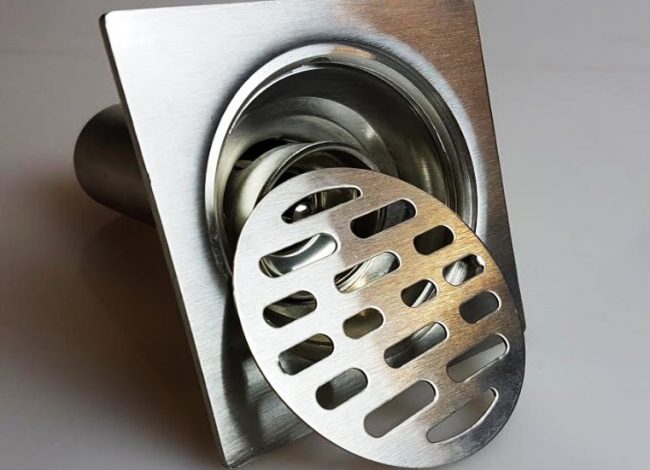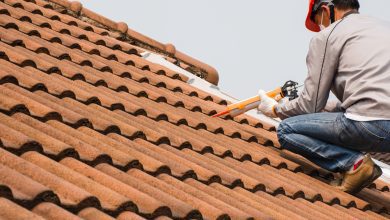What Is A Floor Water Trap?

People frequently ignore floor drains while discussing the indoor plumbing family. The commercial floor water trap is often found on the floor in bathrooms, kitchens, laundry rooms, basements, or anywhere else where there is a chance that water may be spilled on the floor and create damage or a dangerous situation.
Simply because these devices are hidden in plain sight, these drains are frequently disregarded. Since we seldom appear to utilize floor drains, they don’t need much maintenance. They only function when a sink or toilet overflows, at which point we require the drain to remove the water before it does damage. With a little forethought and routine maintenance, many problems with floor drains may be avoided. By doing these quick maintenance activities, you can guarantee that your floor drains will function as intended when you need them, preventing floods and the pricey water damage that might result.
Fill traps regularly
The overflow from sinks, toilets, tubs, water heaters, washing machines, etc. is collected by indoor floor drains. During and after very strong downpours, outdoor floor drains swiftly transfer water away from surfaces. A floor water trap is made to safely and effectively transport water to a sewer or municipal storm drain, whether they are indoor or outdoor, keeping the floor dry and preventing flooding in the rooms.
A floor water trap is used to stop sewage gas and stink from entering your home through the drain and entering your home. Fill or prime these floor water traps on a regular basis to maintain them full of water and functioning properly. To prime a floor drain, just pour a gallon of water down it. This is also a wise move to make sure the drain pipe is open and that water is flowing through it. As the floor water trap fills with water, a wall between your house and the sewage system is created.
What distinguishes a floor drain from a floor water trap?
The floor drain has a spot where the floor water trap is not present, allowing access to the drain with a tool.
Is a floor water trap required for a floor drain?
Floor drains and other plumbing fittings must all have traps. A trap resembles a pipe with a “U” form. You may get an idea of what a golvvattenlås looks like by looking beneath your kitchen or bathroom sink. A floor water trap is just a fitting that creates a liquid barrier to prevent sewage gas emissions.
The floor water trap is what?
The term “floor water trap” is also used to refer to an area for washing or bathing in Hindi (Nahni). By constructing a water barrier, the Nahni floor water trap serves to keep bad gases from entering the structure. Floor traps stop foul gases (bad odors) from entering the building whether or not waste water is running.
Are our bathroom floor drains necessary?
Stall urinals may act as floor drains if the whole floor can be drained to the urinals. A minimum of one authorized floor drain must be installed connected to the sanitary system in all public restroom rooms that feature a combination of three or more water closets or urinals.
Are P floor water traps included in basement floor drains?
The common floor drain collects spills from sinks, toilets, tubs, and other sources of water. See, just like your bathroom sink drain, floor drains have one of those U-shaped P-trap pipes golvplattor balkong.
Has the floor drain in the basement a trap?
A sanitary fixture is one that has a floor drain. This means that it performs the same functions as a toilet, sink, or shower. Like those things, it has a floor water trap inside that holds water to keep any unpleasant odors from entering your basement.
What causes floor drain odor the most frequently?
The most frequent causes of a strong sewer odor in your basement are a dried-out floor drain, a poor ejector pit seal, incorrectly vented appliances or fixtures, or even a broken sewer line. Floor Drains: The sewer odor is typically coming from infrequently used floor drains in your basement.
What kinds of floor drains are there?
The primary varieties of floor drain consist of:
- drainage boxes
- drain in baseboards.
- basement drains.
- French drains or inside perimeter drains.
The usage of floor water trap is where?
The floor is equipped with a floor water trap, also known as a Nahni floor water trap, to collect wastewater from the bathroom, washroom, washbasin, kitchen sink area, etc.






